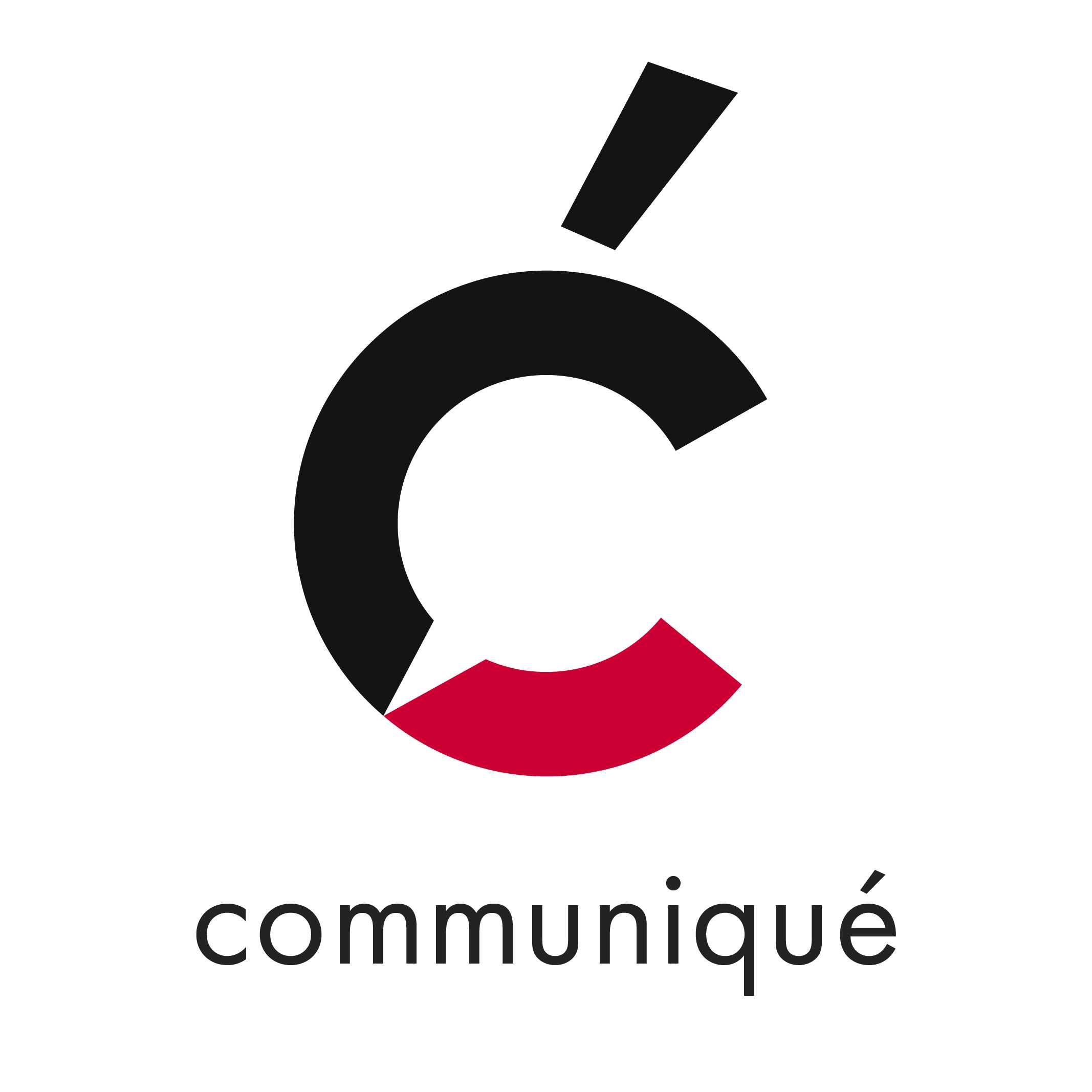
Communications Portfolios – Get The Edge Portfolio Panel
Every budding communications professional needs a portfolio – it’s a critical marketing tool in a visual world. Portfolios are key to selling what you can do, establishing your brand and standing out in a competitive market. Employers want to see what you can do, and the more people who see your skills, the better! This can only mean one thing – no more hiding your resume and work samples on your computer drive; it’s time to showcase your work. So, what makes up a solid portfolio? The “Get The Edge: Portfolio Panel” featured four accomplished communication industry professionals, representing co-op employers and alumni. If you couldn’t attend, here are some tips that the panellists shared, which will help you focus on your strengths, brand yourself and build an outstanding portfolio.
“How to Market Yourself Online”
Priscilla Sharun, Communications Manager at Teekay Corporation
Here are Priscilla’s top tips for marketing yourself online:
Define your personal ‘brand’. Avoid overused buzzwords, which create nothing but white noise for employers (“dynamic”, “motivated”, “creative”, anyone?). Instead, start thinking outside the box and find new ways to describe what makes you, you. To spark some ideas, Priscilla shared an example from a colleague, Jonathan, who selected “creative tension”, “velocity” and “80/20” for his personal brand – much more interesting!
Get a well-rounded web presence. This is important, because everything you say online is a reflection of your personality and skills. It’s common nowadays for employers to Google potential candidates. Google yourself -- what shows up? If something negative shows up, change it. If nothing comes up, it’s time to get proactive. Which leads us to tip number 3…
Get experience. It’s a competitive market out there, but there are plenty of organizations that can help you to gain solid work experience to add to your portfolio. Include your school projects, volunteer for not-for-profits (charityvillage.com is a good place to look), or apply for volunteer positions in the industry, such as IABC and CPRS.
Put your resume online. LinkedIn is a good first step. Connect with everyone, ask for recommendations, and use widgets. Visualize.me and re.vu will create infographic resumes based on your experience, bringing your resume to life. It’s also good to have a personal element to your resume, and illicit emotions in readers, which will make you more memorable.
Activate yourself online. Find your voice on Twitter, Linkedin and Facebook. If you’re passionate about social media – show it! Upload video(s) to YouTube and Vimeo, images to Flickr, Instagram and Pinterest and presentations to Slideshare. Get it online, instead of leaving it on your computer; hundreds of people can potentially see your work on Slideshare, instead of three or four.
Develop your own website or blog as the centre point of your brand. Embed your Twitter, portfolio (hosted on YouTube, SlideShare, Flickr), and your resume. Hosting a site on WordPress or Weebly won’t break the bank and there are plenty of templates to use, so you don’t have to start designing your site from scratch.
“Mind Mapping”
Lindsay Hindle, Partner, Articulate Communications Ltd.
Lindsay introduced us to an activity involving a “mind map”. It’s a great exercise to get you thinking outside the box about your skills and experience. To make a mind map, write the primary category “Me”, and draw a circle around it. Write subcategories of “Knowledge”, “Skills” and “Traits”, and draw circles around them. Connect “Me” to your subcategories with wiggly lines (which apparently encourage creative thought processes!). From each of the three subheadings, burrow into the categories in more detail. For example, under the “Traits” category, write examples of times that you’ve been complimented. Connect this to the traits you possess that inspired these compliments. Once your new personal mind map is complete (and those creative neural pathways are opened), Lindsay suggests you draw a picture in the large “Me” bubble that represents you, and your brand. Mind mapping uses the left and right parts of the brain, and it’s a good way to isolate your strengths, in work, school and in your hobbies and interests.
“What makes up a solid portfolio?”
Stephanie Hun, Manager of Marketing and Communications, Hemmera,
Stephanie talked us through the elements of a strong portfolio. Online portfolios are great and it’s a good idea to send a link to your portfolio in a follow-up email after your interview. However, you should have a hard copy to show as well; some employers particularly value the tactile aspect of printed work, and it’s a good thing to leave behind after the interview. Either way, there are four components to an effective portfolio: plans, writing, graphics and online.
Plans: events, programs and campaigns, budgets and worksheets, and strategic business plans
Writing pieces: newsletters, articles and spreads, corporate memos and emails, E-blasts, website articles, project descriptions, press releases and announcements
Graphics: photography, corporate/sales brochures, 1-pager sales documents, ads. Think about what type of company you’re aiming for, and target your design toward their brand. They want to see that you’re a good fit in terms of style and vision.
Online: social media, statistics/snapshot, online articles, e-campaigns, website
Show variety and progression. Like a resume, customize your portfolio, leave in certain things and take out others. Employers have limited time when they’re flipping through, and you want to grab their attention.
The “Take Home”
The panellists agreed that it’s vital for communication students to get their graphic design skills up to scratch. There are opportunities through LinkedIn Learning (formerly Lynda.com) which all SFU students have access to, and Tech Bytes, based at the SFU Surrey Campus, who offer online and face-to-face classes in Adobe Creative Suite. If you don’t have much experience in the ‘real world’, don’t worry; you can provide fictional mock-ups, along with work experience, co-op experiences and volunteer experiences.
So, stand up and be counted – show what you can do with a portfolio that demonstrates your skills. As Priscilla Sharun exclaimed: “Showcase YOU!”















